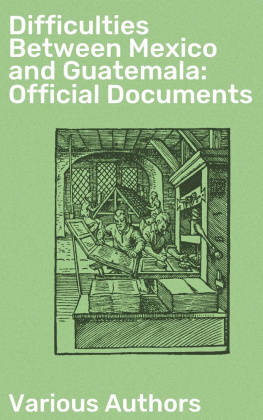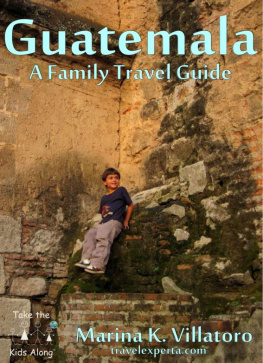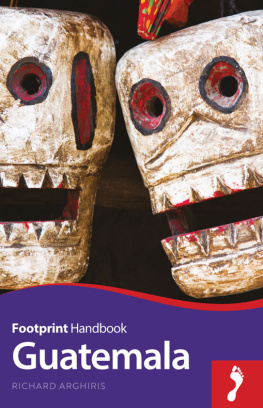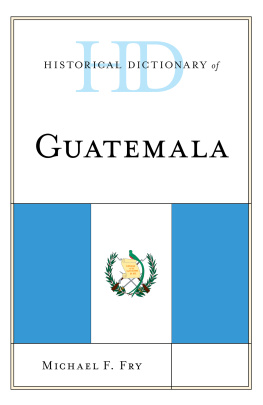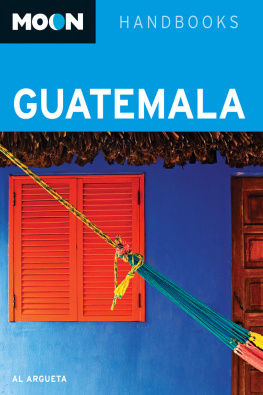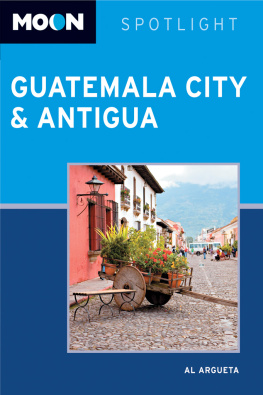Secret History, Second Edition
The CIAs Classified Account of Its Operations in Guatemala, 1952-1954
Nick Cullather
Stanford University Press
Stanford, California
Preface, Introduction, Afterword, Notes
to Appendixes C and D, and Index
1999 and 2006 by the Board of Trustees of the Leland Stanford Junior University Printed in the United States of America
Library of Congress Cataloging-in-Publication Data
Cullather, Nick
Secret history : the CIAs classified account of its operations in Guatemala, 19521954 / Nick Cullather ; with an introduction by the author and an Afterword by Piero Gleijeses2nd ed.
p. cm.
Includes bibliographical references and index.
9780804768160
ISBN-13: 978-0-8047-5468-2 (pbk. : alk. paper)
1. GuatemalaHistory19451985. 2. United StatesCentral Intelligence Agency. 3. GuatemalaHistoryRevolution, 1954. 4. Arbenz Guzmn, Jacobo, 19131971. 5. United StatesRelationsGuatemala. 6. GuatemalaRelationsUnited States. I. Title.
F1466.5.A688C85 2006
972.81052dc22
2006010315
This book is printed on acid-free, recycled paper.
Preface to the Second Edition
The term had not come into general usage when the first edition of this book was published in 1999, but what occurred in Guatemala in 1954 would nowadays be referred to as an example of regime change. Since 2001, the United States has made clear that it would resort to this measure in response to threats from terrorism or mass-destruction weapons and to deal with recalcitrant or failed states. The unspoken assumption is that governments are interchangeable components, easily detached from the societies and economies over which they preside, and just as easily replaced. The architects of Operation PBSUCCESS were equally certain of this point, and sure of their ability to remove and rebuild a regime. Readers adapt their understandings of history in light of new developments, and so, while this book once concerned a secretive episode in the cold war in Central America, today it describes an early precedent for the global path of action pursued in the war on terror.
Although the administration has, at least publicly, preferred to draw analogies to the postWorld War II occupations of Germany and Japan, and critics have invoked the Viet Nam parallel, there are reasons to consider the civil wars in Central America a more direct antecedent to policies pursued in Iraq and Afghanistan. The U.S. invasion of Afghanistan placed heavy emphasis on the use of surrogate armies backed by airpower, while the Iraq invasion relied on selective violence to produce psychological effects (shock and awe), the principal techniques of PBSUCCESS. Since 2003, the Pentagon has modeled its counterinsurgency campaign in Iraq on methods developed in dirty wars in El Salvador and Guatemala in the 1980s. In the 1950s, it was axiomatic that proximity justified energetic measures to secure the United Statess backyard in Central America. Polls show that people in many countries in Asia, the Middle East, and Africa now worry that our backyard has grown to include them.
As I listen to the administrations reassurances about U.S. intentions, I hear echoes of the facts of life that CIA operatives tried to impress on the Guatemalan military in 1954: that the US is the most generous and tolerate taskmaster going, that cooperation is studded with material reward, and that the US permits much more sovereignty and independence in its sphere... This second edition is occasioned by events which lend the story of PBSUCCESS fresh significance for a new generation of nation builders.
Thanks to the release of additional documentation, it is also a richer story. In 2003, the State Department released a volume of declassified materials as part of its Foreign Relations of the United States series, a project which since 1861 has upheld a governmental commitment to open diplomacy. FRUS (rhymes with spruce), as it is called by historians, publishes a substantial assortment of the memos and cables on which U.S. foreign policy is based. In 1989, the Organization of American Historians charged that the series had lost its integrity when it issued a volume on Iran containing no CIA documents or indeed any mention of the 1953 covert operation that overthrew Iranian prime minister Mohammad Mossadeq. The long-delayed Guatamala volume signals an effort to return FRUS to its original purpose of permitting the public to gain accurate information on the activities of government agencies. It contains a wide sampling of documents from CIA, State, the National Security Council, and the office of the President. The absence of Defense Department documents related to military advisers, aid, and Operation HARDROCK/BAKER still leaves a large gap in the historical record, but the new volume represents a considerable advance. Additional documentation has come to light as part of the truth and reconciliation process in Guatemala and through the efforts of scholars using the Freedom of Information Act. This new edition includes a new appendix, Appendix D, with some of the more significant new documents.
The original text has not been revised. I have been conscious of Robert Shaffers description of this book as a secondary source that functions also as a primary source, and so the original text and, equally important, the gaps in the text have remained untouched. I have received more compliments on the eloquence of the gaps than on any of the legible passages. Readers have found they can check their speculations for fit, and search the blank spaces for clues on the aspects of the operation that the agency, even after 50 years, prefers to cloak in plausible deniability.
Nick Cullather
Bloomington, Indiana
August 2005
Introduction
A Culture of Destruction
This study is a product of the Central Intelligence Agencys openness initiative, which for a short while promised to reveal the agencys history to the public. Director of Central Intelligence Robert Gates apologized to the Oklahoma Press Association in February 1992 for the agencys reflexive secrecy and announced that all documents over thirty years old would be reviewed for declassification. Senator David Boren, a member of the Select Committee on Intelligence, applauded, noting that a new understanding of history would create a climate in which the wisdom of current operations will be carefully weighed.
It seemed a natural, almost predictable announcement, given the history-making events of the early 1990s. Two months earlier, the Soviet Union dissolved, and the new Russian government threw open the archives of the Communist Party in Moscow. The KGB escorted network television crews on tours of its inner sanctum while former spymasters signed book deals in New York. Almost every week newspapers carried revelations from the Soviet files on the Alger Hiss case, the fate of POWs in Vietnam, and other mysteries of the Cold War. If the Communist enemy was going public, how could the United States refuse?
Americans expected not only a peace dividend after the Iron Curtain fell, but a truth dividend as well. Governmental secrecy, at least on the scale that it had been practiced during the Cold War, seemed a relic of the past. Responding to the public mood, Congress passed legislation requiring the release of materials on the assassination of John F. Kennedy and accelerating the declassification and publication of diplomatic records. Oliver Stones movie JFK turned support for declassification into a fashion statement. Shortly before Christmas 1991, I noticed a sales clerk at Marshall Fields in Chicago sporting a stylish pin that read Free the Files.


